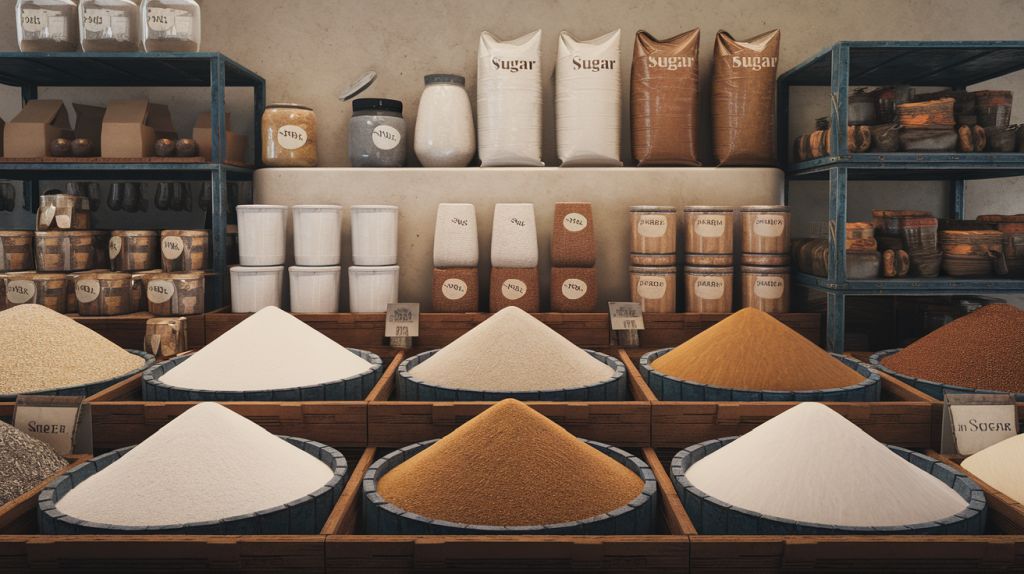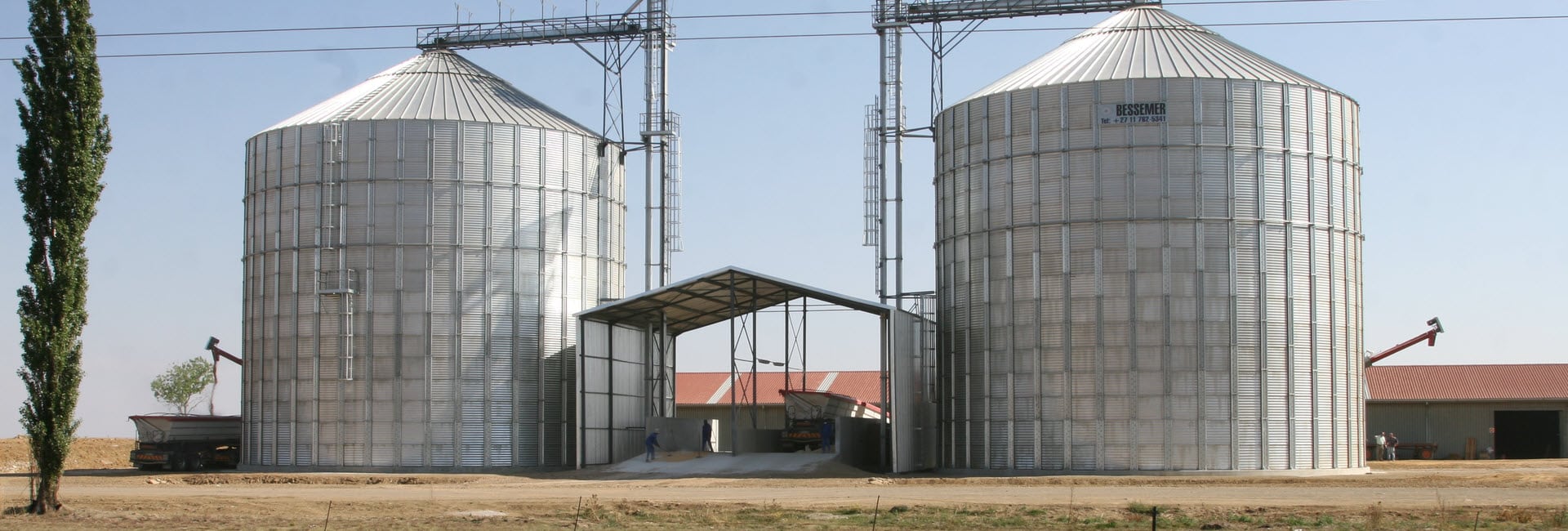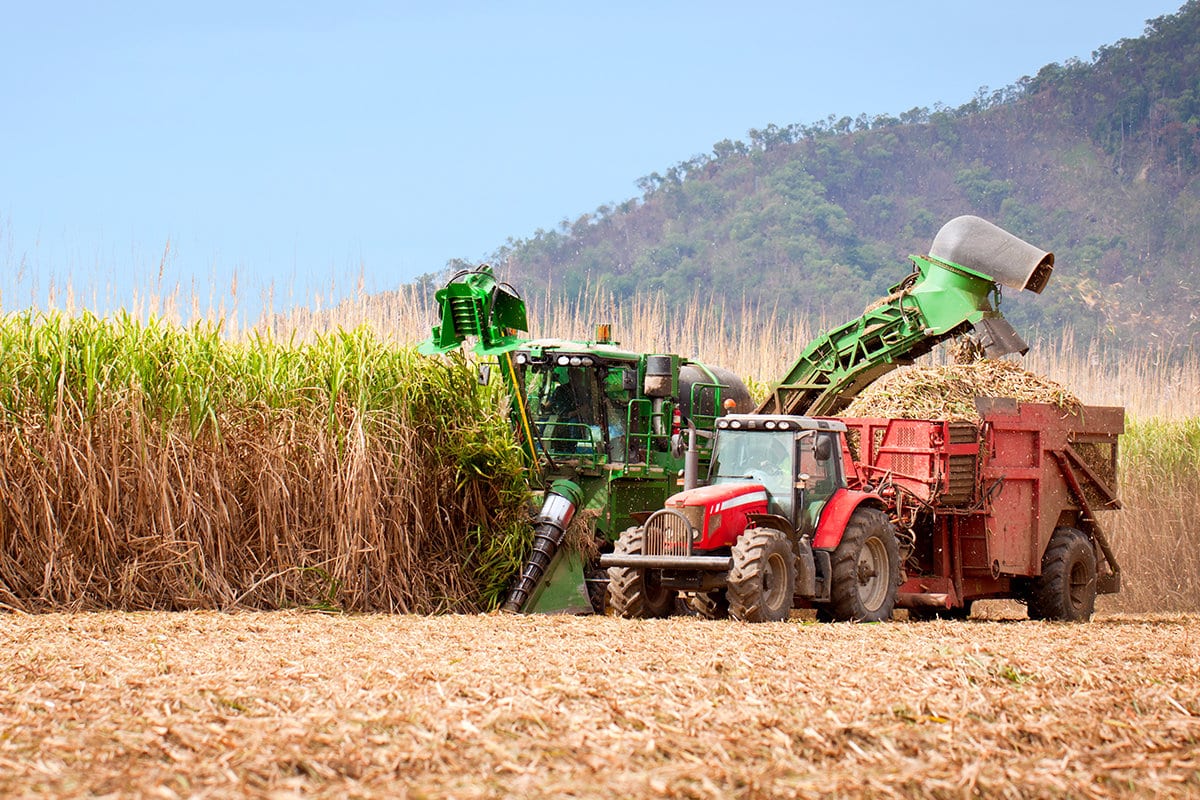What Are Incoterms 2020?
In the dynamic world of international trade, understanding the rules that govern the transportation of goods is crucial. Enter Incoterms 2020, a set of rules published by the International Chamber of Commerce (ICC) that define the responsibilities, costs, and risks associated with the delivery of goods from sellers to buyers.
These rules are universally recognized and apply to any mode of transport, making them indispensable for businesses engaged in global trade.
Incoterms, short for International Commercial Terms, are a set of internationally recognized rules that outline the responsibilities, costs, and risks associated with the delivery of goods from sellers to buyers.
The latest version, Incoterms 2020, was published by the ICC and came into effect on January 1, 2020.
These rules are designed to facilitate international trade by providing a common language and framework for buyers and sellers.
Why Are Incoterms 2020 Important?
Incoterms 2020 play a pivotal role in international trade for several reasons:
Clarity and Transparency:
They provide clear definitions and guidelines, reducing misunderstandings and disputes between trading partners.
Risk Management:
They help allocate risks and responsibilities, ensuring that both parties are aware of their obligations.
Cost Efficiency:
They outline who bears the costs associated with transportation, insurance, and other logistical aspects, promoting cost efficiency.
Global Standardization:
They are recognized and used worldwide, fostering a standardized approach to international trade.
Key Changes in Incoterms 2020
Incoterms 2020 introduced several changes to reflect the evolving landscape of global trade. Some of the key changes include:
DAT to DPU:
The term Delivered at Terminal (DAT) has been renamed Delivered at Place Unloaded (DPU). This change emphasizes that the seller is responsible for unloading the goods at the named place of destination.
Insurance Coverage:
The rules now provide more detailed information on insurance coverage, particularly for CIF (Cost, Insurance, and Freight) and CIP (Carriage and Insurance Paid To) terms.
Security Requirements:
Incoterms 2020 include provisions for security-related requirements, reflecting the increasing importance of security in international trade.
Transport and Insurance:
The rules now offer more clarity on the allocation of transport and insurance costs, ensuring that both parties understand their financial obligations.
Incoterms 2020 Rules for Any Mode of Transport
Incoterms 2020 are divided into two main categories: rules for any mode of transport and rules for sea and inland waterway transport. The rules for any mode of transport are particularly versatile and can be applied to various types of transportation, including air, road, rail, and sea.
EXW (Ex Works)
Definition: The seller makes the goods available at their premises, and the buyer is responsible for loading and transporting the goods.
Responsibilities: The seller is only responsible for making the goods available; the buyer bears all risks and costs from the seller’s premises.
Use Case: Ideal for situations where the buyer has control over the transportation process.
FCA (Free Carrier)
Definition: The seller delivers the goods to a carrier appointed by the buyer at a named place.
Responsibilities: The seller is responsible for delivering the goods to the carrier; the buyer bears the risks and costs from the named place.
Use Case: Suitable when the buyer wants to control the transportation process but needs the seller to deliver the goods to a specific location.
CPT (Carriage Paid To)
Definition: The seller delivers the goods to a carrier and pays for the transportation to the named place of destination.
Responsibilities: The seller is responsible for delivering the goods to the carrier and paying for transportation; the buyer bears the risks from the point of delivery to the carrier.
Use Case: Useful when the seller wants to arrange and pay for transportation but does not want to bear the risks during transit.
CIP (Carriage and Insurance Paid To)
Definition: The seller delivers the goods to a carrier, pays for the transportation, and arranges insurance to the named place of destination.
Responsibilities: The seller is responsible for delivering the goods to the carrier, paying for transportation, and arranging insurance; the buyer bears the risks from the point of delivery to the carrier.
Use Case: Ideal when the seller wants to provide additional protection for the goods during transit.
DAP (Delivered at Place)
Definition: The seller delivers the goods to the named place of destination, ready for unloading.
Responsibilities: The seller is responsible for delivering the goods to the named place; the buyer bears the risks and costs of unloading.
Use Case: Suitable when the seller wants to deliver the goods to a specific location but does not want to be responsible for unloading.
DPU (Delivered at Place Unloaded)
Definition: The seller delivers the goods to the named place of destination and unloads them.
Responsibilities: The seller is responsible for delivering and unloading the goods; the buyer bears the risks and costs from the point of unloading.
Use Case: Ideal when the seller wants to ensure that the goods are delivered and unloaded at the destination.
DDP (Delivered Duty Paid)
Definition: The seller delivers the goods to the named place of destination, cleared for import, and with all duties and taxes paid.
Responsibilities: The seller is responsible for delivering the goods, clearing them for import, and paying all duties and taxes; the buyer bears the risks from the point of delivery.
Use Case: Suitable when the seller wants to provide a complete delivery service, including import clearance and payment of duties and taxes.
Choosing the Right Incoterm for Your Business
Selecting the appropriate Incoterm for your business depends on various factors, including the nature of the goods, the mode of transport, the level of risk you are willing to bear, and the specific requirements of your trading partners. Here are some tips to help you choose the right Incoterm:
Assess Your Risk Tolerance: Consider how much risk you are willing to take on. If you prefer to minimize risks, opt for terms like DDP or DPU.
Evaluate Your Control Over Transportation: If you want to control the transportation process, terms like EXW or FCA might be more suitable.
Consider Cost Efficiency: Analyze the costs associated with each Incoterm and choose the one that offers the best value for your business.
Communicate with Your Trading Partners: Discuss the options with your trading partners to ensure that both parties are comfortable with the chosen Incoterm.
Common Misconceptions About Incoterms 2020
Despite their widespread use, there are several misconceptions about Incoterms 2020. Here are some of the most common ones:
Incoterms Are Legal Contracts: Incoterms are not legal contracts; they are a set of rules that define the responsibilities, costs, and risks associated with the delivery of goods.
Incoterms Cover All Aspects of Trade: Incoterms do not cover all aspects of trade, such as payment terms, quality standards, or dispute resolution. They focus solely on the delivery of goods.
Incoterms Are Mandatory: Incoterms are not mandatory; they are voluntary rules that parties can choose to incorporate into their contracts.
Incoterms Are Only for International Trade: While Incoterms are primarily used in international trade, they can also be applied to domestic transactions.
Historical Context of Incoterms
The first set of Incoterms was published by the ICC in 1936. Since then, the rules have been periodically updated to reflect changes in international trade practices. Here is a brief historical overview:
1936: The first set of Incoterms was published, consisting of six terms.
1953: The second edition was released, expanding the number of terms to 11.
1967: The third edition introduced further refinements and clarifications.
1976: The fourth edition was published, with a focus on simplifying the terms.
1980: The fifth edition was released, with minor updates.
1990: The sixth edition introduced significant changes, including the addition of new terms like DDU (Delivered Duty Unpaid).
2000: The seventh edition was published, with a focus on clarifying the responsibilities and risks associated with each term.
2010: The eighth edition introduced new terms like DAT (Delivered at Terminal) and DAP (Delivered at Place).
2020: The ninth edition, Incoterms 2020, was released, with updates to reflect the evolving landscape of global trade.
Real-World Examples of Incoterms 2020 in Action
To better understand how Incoterms 2020 are applied in real-world scenarios, let’s look at a few examples:
EXW Example: A manufacturer in Germany sells machinery to a buyer in the United States. The contract specifies EXW terms, meaning the buyer is responsible for arranging and paying for transportation from the manufacturer’s premises.
FCA Example: A supplier in China delivers electronic components to a carrier appointed by a buyer in Europe. The contract specifies FCA terms, meaning the supplier is responsible for delivering the goods to the carrier, and the buyer bears the risks and costs from that point.
CPT Example: A textile manufacturer in India delivers fabrics to a carrier and pays for transportation to a buyer in the United States. The contract specifies CPT terms, meaning the manufacturer is responsible for delivering the goods to the carrier and paying for transportation, but the buyer bears the risks during transit.
CIP Example: A pharmaceutical company in Switzerland delivers medicines to a carrier and arranges insurance to a buyer in South Africa. The contract specifies CIP terms, meaning the company is responsible for delivering the goods to the carrier, paying for transportation, and arranging insurance, but the buyer bears the risks during transit.
DAP Example: A furniture manufacturer in Italy delivers furniture to a buyer’s warehouse in the United States. The contract specifies DAP terms, meaning the manufacturer is responsible for delivering the goods to the buyer’s warehouse, but the buyer bears the risks and costs of unloading.
DPU Example: A machinery supplier in Japan delivers and unloads equipment at a buyer’s factory in Mexico. The contract specifies DPU terms, meaning the supplier is responsible for delivering and unloading the goods, and the buyer bears the risks and costs from the point of unloading.
DDP Example: A cosmetics company in France delivers products to a buyer’s store in Canada, cleared for import, and with all duties and taxes paid. The contract specifies DDP terms, meaning the company is responsible for delivering the goods, clearing them for import, and paying all duties and taxes, but the buyer bears the risks from the point of delivery.
Summary
Incoterms 2020 are a vital set of rules that govern the responsibilities, costs, and risks associated with the delivery of goods in international trade. These rules apply to any mode of transport and provide a common language and framework for buyers and sellers.
Understanding and correctly applying Incoterms 2020 can help businesses navigate the complexities of global trade, reduce misunderstandings, and promote efficient and transparent transactions.
FAQs
1. What are Incoterms 2020?
Incoterms 2020 are a set of internationally recognized rules that define the responsibilities, costs, and risks associated with the delivery of goods from sellers to buyers in international trade.
2. Why are Incoterms 2020 important?
Incoterms 2020 are important because they provide clarity and transparency, help manage risks, promote cost efficiency, and foster global standardization in international trade.
3. What are the key changes in Incoterms 2020?
Key changes in Incoterms 2020 include the renaming of DAT to DPU, more detailed information on insurance coverage, provisions for security requirements, and clarity on the allocation of transport and insurance costs.
4. What are the Incoterms 2020 rules for any mode of transport?
The Incoterms 2020 rules for any mode of transport include EXW, FCA, CPT, CIP, DAP, DPU, and DDP.
5. How do I choose the right Incoterm for my business?
Choosing the right Incoterm for your business involves assessing your risk tolerance, evaluating your control over transportation, considering cost efficiency, and communicating with your trading partners.
Interesting Data
First Incoterms Published: 1936, with six terms.
Latest Incoterms Edition: 2020, with updates reflecting the evolving landscape of global trade.
Number of Incoterms 2020 Rules for Any Mode of Transport: 7 (EXW, FCA, CPT, CIP, DAP, DPU, DDP).
Key Change in Incoterms 2020: Renaming of DAT to DPU, emphasizing the seller’s responsibility for unloading goods.
Historical Milestones:
1953: Second edition with 11 terms.
1990: Introduction of DDU (Delivered Duty Unpaid).
2010: Introduction of DAT (Delivered at Terminal) and DAP (Delivered at Place).
Real-World Application: Incoterms 2020 are used in various industries, including manufacturing, electronics, textiles, pharmaceuticals, furniture, machinery, and cosmetics.
This data provides a historical context and highlights the evolution of Incoterms, offering insights into their application and significance in global trade.







